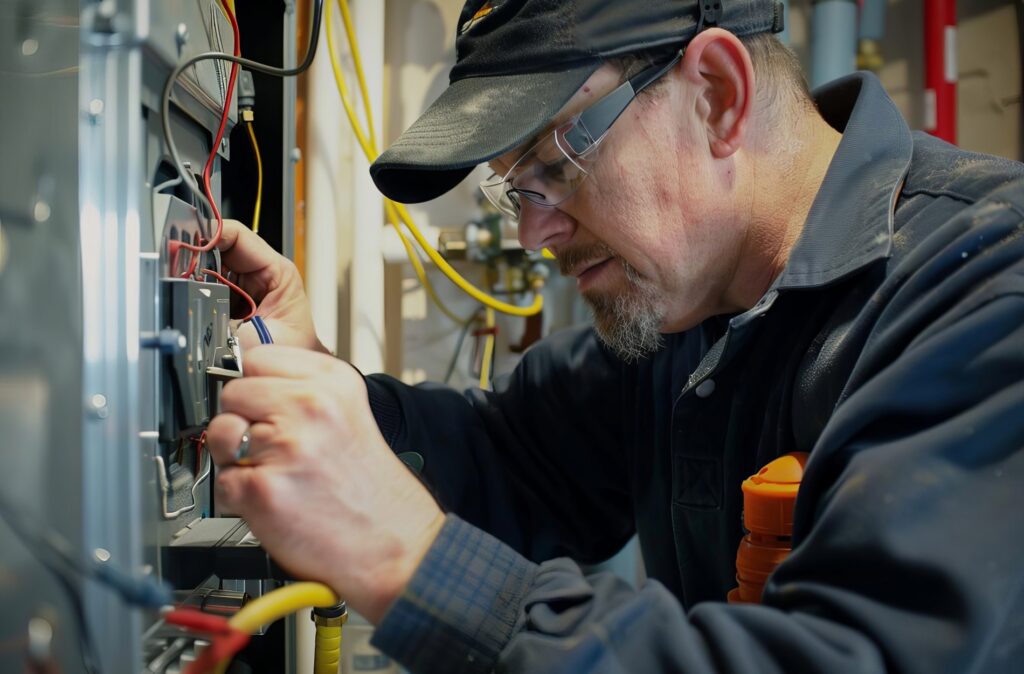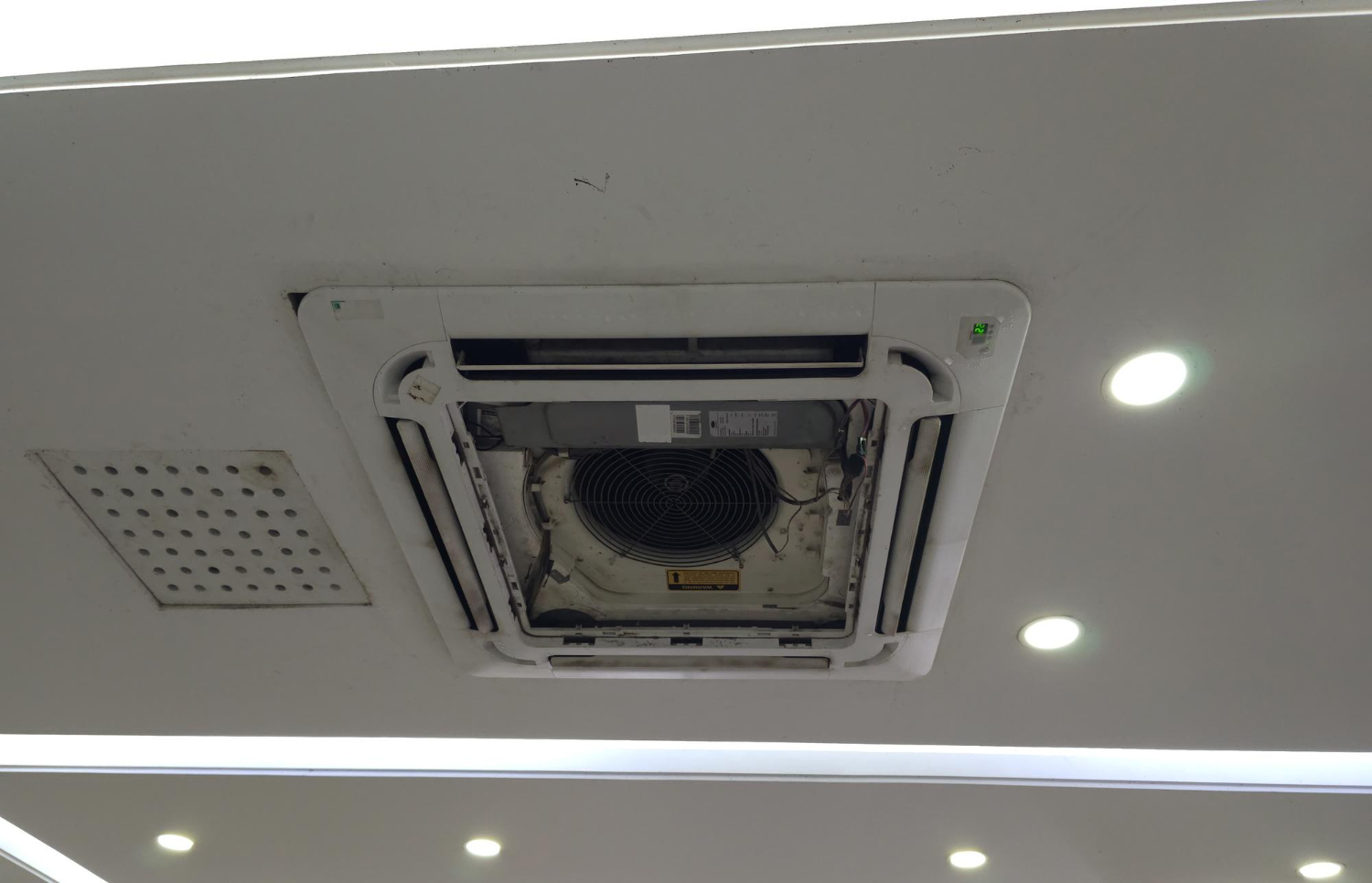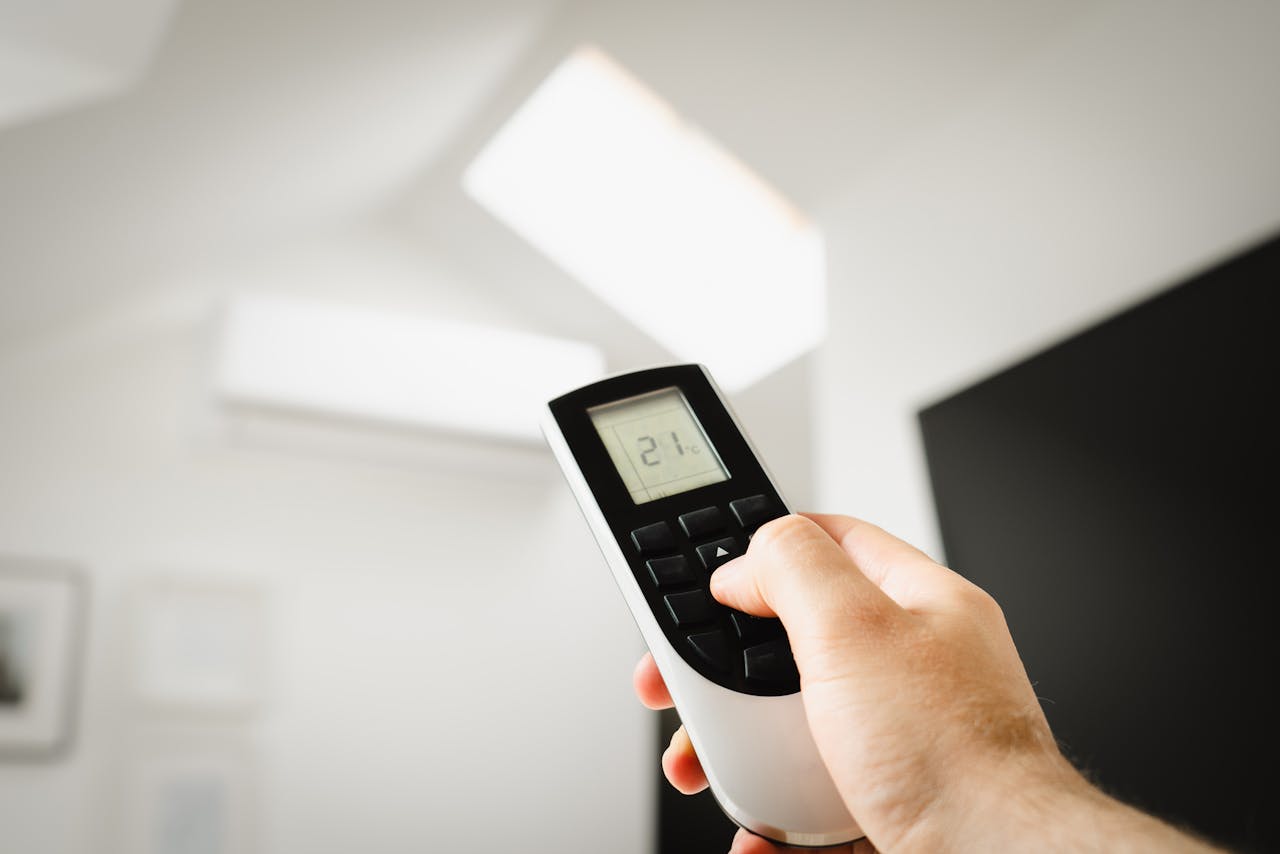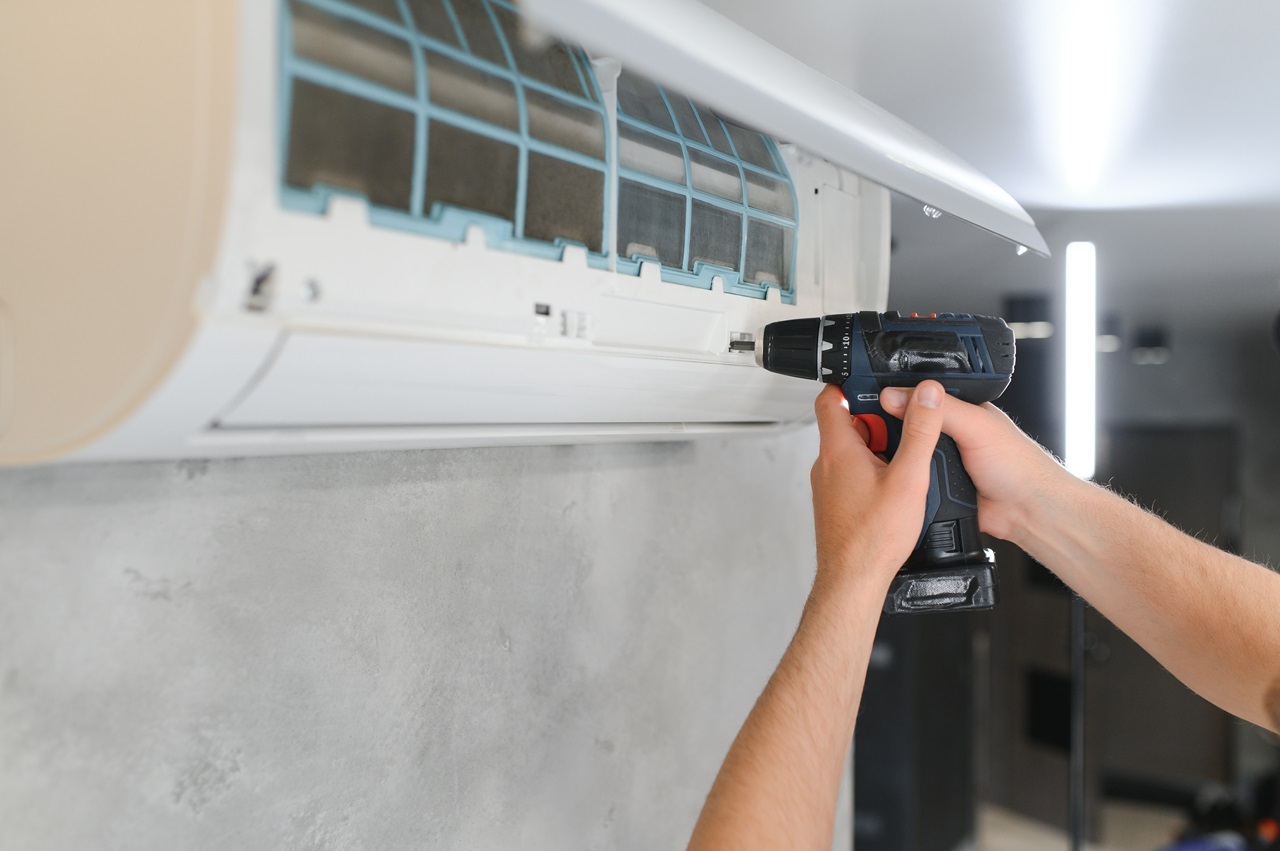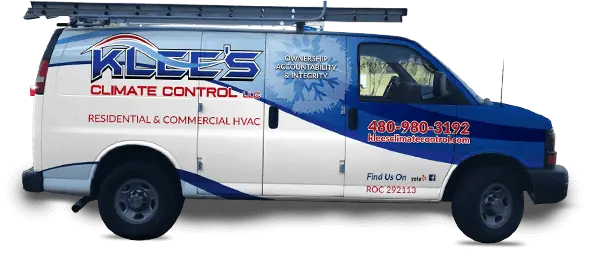Proper heating installation in commercial buildings is crucial for creating a comfortable environment for employees and clients. A well-installed heating system not only ensures consistent warmth but also enhances energy efficiency and reduces long-term operational costs. Understanding the steps involved in heating installation can help you make informed decisions and avoid common pitfalls.
Assessing Heating Needs and Building Specifications
Assessing the heating needs and building specifications is the first crucial step in the heating installation process. A thorough evaluation ensures you select the right system and avoid future problems. Here are key factors to consider:
1. Building Size and Layout: The size and layout of your commercial building play a major role in determining the type and capacity of the heating system required. Large spaces might need a more powerful system, while complex layouts may require multiple units for even heating. Our professionals can conduct a detailed assessment of your space to recommend the best options.
2. Insulation and Windows: Proper insulation and the quality of windows impact the heating efficiency. Buildings with poor insulation or single-pane windows might lose warmth quickly, requiring a more robust heating solution. Our technicians can assess your building’s insulation and window quality to ensure that your heating system operates efficiently.
3. Existing HVAC Infrastructure: If your building already has an HVAC system in place, it’s essential to evaluate its condition and compatibility with new equipment. This includes checking ductwork, vents, and controls. Our professionals can inspect the current infrastructure and suggest upgrades or adaptations needed for the new system.
Selecting the Appropriate Heating System
Selecting the right heating system is a critical decision that impacts both comfort and operational efficiency. Consider the following options and their suitability for different commercial spaces:
1. Furnaces: Furnaces are popular for their reliability and efficiency. They come in various types, such as gas, electric, and oil. If you’re considering a furnace replacement, our team can help you choose a model that offers the best energy efficiency and meets your heating demands.
2. Boilers: Boilers provide consistent and even heating, making them ideal for larger buildings. They are available in natural gas, oil, and electric models. Our technicians can guide you through the benefits of boiler systems and help you decide if this is the right choice for your space.
3. Heat Pumps: Heat pumps are versatile and can offer both heating and cooling. They are efficient for moderate climates and can significantly reduce energy costs. If you’re looking for a system that provides year-round comfort, our professionals can help you explore heat pump options.
4. Radiant Heating: Radiant heating systems deliver warmth through floors or walls, providing an even and comfortable temperature. They are particularly useful in spaces where traditional ductwork isn’t practical. Our team can explain the benefits and installation process of radiant heating systems.
Proper Installation Techniques and Procedures
Proper installation techniques and procedures are crucial for the longevity and efficiency of your heating system. Here are the essential steps for ensuring a successful heating installation:
1. Site Preparation: Before any installation begins, the site must be prepared. This includes clearing the area, ensuring accessibility, and verifying that all necessary permits are in place. Our technicians take these preliminary steps to avoid any delays and potential complications during the installation process.
2. Equipment Placement: The placement of heating equipment significantly impacts its performance. Whether it’s a furnace or a boiler, positioning the equipment correctly ensures optimal airflow and operational efficiency. Our professionals determine the best location for each component to maximize performance and energy efficiency.
3. Ductwork and Ventilation: Proper connection of ductwork and ventilation systems is essential for distributing warm air evenly throughout the building. Our team ensures that all ducts are correctly sized and sealed, preventing leaks that could reduce efficiency. Ventilation systems are also checked to ensure they meet safety standards and provide adequate airflow.
4. System Integration: integrating the new heating system with existing HVAC components, such as thermostats and control systems, is critical for seamless operation. Our technicians meticulously connect and program these components to work in harmony, ensuring ease of use and improved energy management.
Post-Installation Testing and Maintenance Plan
Once the heating system is installed, post-installation testing and a maintenance plan are essential to ensure long-term efficiency and reliability. Here are the steps involved:
1. Initial Testing and Calibration: After installation, the system must undergo rigorous testing and calibration. This involves checking the thermostat settings, inspecting airflow, and measuring temperature outputs to verify that the system operates within specified parameters. Our professionals perform these tests to identify any immediate issues and make necessary adjustments.
2. Routine Maintenance Schedule: Establishing a routine maintenance schedule is vital for the system’s upkeep. Regular inspections, cleaning, and minor heater repairs can prevent more significant issues down the line. Our heating service includes seasonal check-ups to ensure that your system remains in optimal condition throughout the year.
3. Monitoring System Performance: Continuous monitoring of system performance helps in identifying potential problems early. With regular monitoring, our technicians can address small issues before they escalate into more costly repairs. This proactive approach keeps your heating system running smoothly and extends its lifespan.
4. Emergency Service Plan: Despite best efforts, emergencies can still happen. It’s important to have an emergency service plan in place. Our heating service includes emergency support to resolve any unexpected issues swiftly, minimizing disruption to your business operations.
Conclusion
Ensuring proper heating installation in commercial buildings involves several important steps. From assessing heating needs and building specifications to selecting the appropriate heating system, each phase requires careful planning and execution. Proper installation techniques and a comprehensive post-installation maintenance plan are also essential for achieving long-term efficiency and reliability.
To ensure your commercial building benefits from a properly installed and maintained heating system, trust the experts at Klee’s Climate Control LLC. Our professionals are dedicated to providing comprehensive heating installation in Mesa, AZ, that meet your unique needs. Contact us today to schedule a consultation and experience the quality and reliability we bring to every project!




